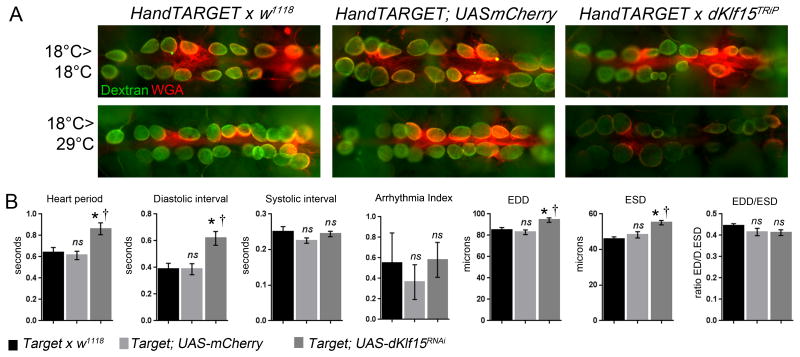Figure 3. Conditional loss of nephrocyte function in adults leads to cardiomyopathy.
dKlf15 was conditionally silenced in the adult fly heart using the temperature-sensitive TARGET system driven by Hand-Gal4. Gene silencing is prevented at 18°C but permitted at higher temperatures (29°C). Flies were reared at 18°C until they eclosed and then maintained at this temperature to prevent gene silencing or moved to the higher temperature to allow dKlf15 silencing. The Hand-TARGET parent line crossed to w1118 line or UAS-mCherry were used as controls. (A) The endocytic function (ability to take-up fluorescently labelled dextran) was used to assess nephrocyte function. At the non-permissive temperature nephrocytes in all genotypes were able to accumulate dextran. When shifted to the permissive temperature the nephrocytes in control flies were still able to accumulate dextran but flies in which dKlf15 had been silenced could not. (B) Quantification of heart function in adult flies reared at 18°C until eclosion and then transferred to 29°C for two weeks. The beating heart was imaged in semi-intact preparations using high frame rate videomicroscopy. n = 20 for each genotype. EDD = end diastolic interval; ESD = end systolic diameter. ns = not significantly different from Target or w1118; * and † = P<0.01 compared to Target, w1118 or Target; UAS mCherry controls, respectively.

